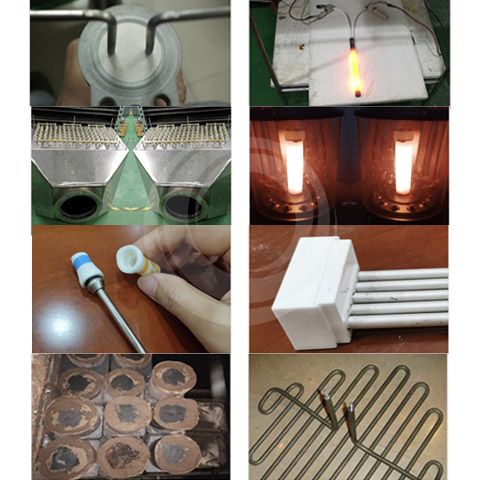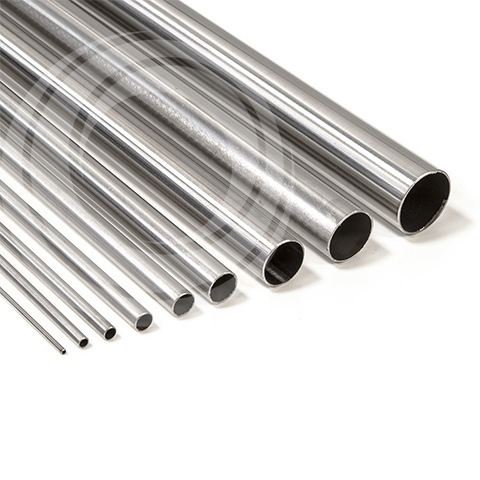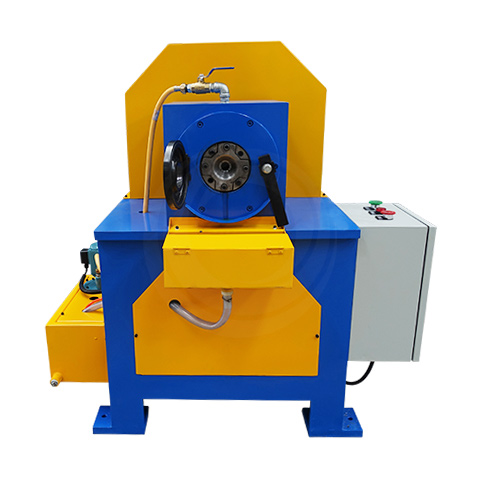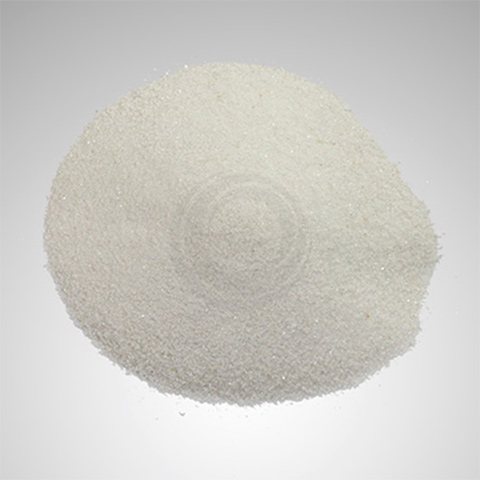Inorganic ceramic high temperature adhesive S3732
Summary
S3732 Inorganic Ceramic High-Temperature Adhesive is a new, heat-resistant inorganic adhesive based on a metal alkoxide system . Before, Silicate-based Adhesives used at temperatures exceeding 400°C suffered from poor water resistance, electrical insulation, and airtightness, significantly limiting their applications. S3732 effectively addresses this issue. It cures at low temperatures, minimal foaming, and offers excellent sealing properties . Furthermore, after drying , it exhibits excellent water resistance, electrical insulation, and airtightness, expanding its applications compared to previous adhesives .
Main Applications
Bonding of Ceramics, glass and metal
Filling of sensors, paints, and elements
Fixing of electrical appliances and electronic components near heating parts
Can be used as heat-resistant molding material
·Coatings to prevent metal acidification
Heat resistance, organic solvent resistance, and abrasion resistance.
Characteristics
| Basic info. | Appearance | White paste |
| principal component | Aluminum oxide |
| solvent | Alcohol-based solvents |
| Viscosity | 10000 cP |
| proportion | 2.6 |
| Physical properties after hardening | Heat resistance temperature (Seger cone method) | Above 1400℃ |
| Coefficient of thermal expansion | 75×10 -7 / ℃ |
| Thermal conductivity | 6.1×10 -3 cal / cm.sec .℃ |
| Kes hardness (0.2Kgf) | 200 Hv |
| Bending strength | 100 Kgf / c ㎡ |
| Fitting and stamping adhesion ※ 1 | 26 Kgf /cm2 |
| Volume inherent resistance (normal temperature) | 1×1012 Q.cm |
| Volume intrinsic resistance (after 5h boiling) | 2×1011 Q.cm |
| Electrical conductivity | 6.0 (1KHz) |
| Conductive positive connection | 4.1×10-3 (1KHz) |
| Water repellency (contact angle with water) | 105° |
| Chemical resistance※2 | |
| Water (boiled for 2 hours) | ◎ |
| 5% HCl (25°C×24h) | ◎ |
| 5% NaOH (25°C × 24h) | △ |
| Toluene (25°C x 24h) | ◎ |
| Methanol (25℃×24h) | ◎ |
※ 1: An iron ring with an inner diameter of φ10×5mm in height and an aluminum mandrel with a diameter of φ4×10mm in height are filled with S3732 and measure the strength of the mandrel during punching. 
2: After the steel plate is coated and heated and hardened, it is immersed in various conditions to evaluate the presence of cracks, separation, and discoloration.
◎ : No abnormality
△ : There are very fine cracks and detachment.
Comparison with previous inorganic adhesives
The comparison between S3732 and general inorganic adhesives (silicate adhesives, phosphate adhesives) is shown in the figure below:
| Item | S 3732 | Silicate adhesive | Phosphate adhesives |
| solvent | Alcohol | water | water |
| pH | neutral | Alkaline | Strong acidity |
| Hardening temperature | Room temperature ~ 150℃ | 120~200℃ | 200~300℃ |
| Adhesion | Δ | ○ | ○ |
| Water resistance | ◎ | × | ○ |
| Insulation | ◎ | × | ○ |
| Moisture permeability | ○ | × | × |
Features of S3732
Good sealing
Using alcohol solvent with lower boiling point than water, it dries quickly and has less foaming and better hardening results than previous inorganic adhesives .
No effect on acid or alkali
Previous inorganic adhesives were water-based, and because they were strongly alkaline and acidic, they corroded the substrate and were inconvenient to operate.
S3732 uses an alcohol-based solvent, which is free from the corrosiveness and harmfulness of acids and alkalis.
Good water resistance
S 3 732 is mainly composed of metal alkoxide, and the hardened material has good water resistance and boiling resistance.
Good electrical insulation
S3732 has not only water resistance and adhesive properties, but also electrical insulation properties. The electrical insulation properties are particularly good when resistant to moisture.
Good airtightness
S3732 is made of fine ceramic powder and hardened with adhesive properties. Compared with the previous inorganic adhesives , the structure is very dense and the moisture permeability and airtightness are good .
Comparison of adhesion with other inorganic adhesives
| S3732 | Silicate adhesive | Phosphate adhesives |
| Tensile shear strength (iron) Kgf / c ㎡ | 28.7 | 15~50 | 10~25 |
| Chisel stamping bonding strength (iron-aluminum) Kgf /c㎡ | 26.0 | 30~120 | 1 or less (with acid corrosion) |
The above table shows the adhesive strength, and while none of them are particularly strong, products like phosphate-based adhesives that do not corrode the substrate are highly reliable.
Comparison of boiling resistance with other inorganic adhesives
coating the steel plate , the sample was boiled and visually inspected for cracks, detachment, dissolution, and discoloration. The results are as follows:
| S3732 | Silicate adhesive | Phosphate adhesive |
| Abnormal | Cracks, detachment, or dissolution | Very fine dissolution cracks occur |
As shown in the table above, S3732 shows good boiling resistance.
Comparison of electrical insulation properties with other inorganic adhesives
The insulation resistance of the molded product after heat curing and storage at 40℃×95﹪RH for one week is shown in the following table. (Unit: MQ)
| S 3732 | Silicate adhesive | Phosphate adhesives |
| After 24 hours at room temperature | 700 | 1~5 | 4~10 |
| After heating and hardening | ∞ | 30~∞ | 500~∞ |
| 40℃×95 ﹪ RH after 1 week | ∞ | 0 | 0~30 |
According to the results, the insulation and moisture resistance of S3732 are much better than those of previous inorganic adhesives .
Comparison of moisture permeability with other inorganic adhesives
The test material was filled in the test tube mouth with dried calcium chloride, and after heat hardening, it was stored at 40℃×95﹪RH for 72 hours. The results of moisture permeability and moisture absorption are shown as follows
| S3732 | Silicate adhesive | Phosphate adhesives |
| Moisture permeability + moisture absorption Unit: g | 0.062 | 0.12~0.30 | 0.12~0.26 |
Experimental results show that the moisture permeability and moisture absorption of S3732 are approximately 1/2 to 1/5 of those of conventional inorganic adhesives, resulting in excellent airtightness.
The tensile shear strength varies with the hardening sequence (Base material: SPCC-/SD Unit: Kgf /c ㎡ )
S3732 is a glue that can be fully cured at room temperature, but after heating, it can produce a stronger hardened material and physical properties than before . The comparison of tensile strength and shear strength under various temperature conditions is shown in the following table.
As shown in the table above, in the case of room temperature curing, the adhesive strength becomes stronger as the storage time increases.
How to use
Preparatory treatment
- It may become sticky and may settle. Stir thoroughly before opening.
- Degrease the bonding surface with potassium solution, trichloroethylene, surfactant solution, etc. However, cleaning with grinding paper or sandblasting before degreasing will make the bonding stronger.
- When dilution is required, use according to the following conditions (alcohol, methanol, ethanol, isopropyl alcohol)
- Avoid adding more than 5 %
- Do not use solvents with high water content
Coating method
· Bond, fill, paint, etc., and apply the appropriate amount according to the application.
| use | Coating method |
| Next, fill | Syringes, straws, dispensers, etc. |
| Paint | dyeing, |
When the operation time is long, the solvent will evaporate and become sticky. Using a dispensing machine can avoid the above situation.
Hardening method
- This product can be cured at room temperature, but due to its physical properties is better after heating, so it is recommended to heat it. In this case, the solvent will evaporate and preheating below 50°C is required.
- Curing conditions vary depending on the thickness of the adhesive layer, the material of the object, and the shape of the object being bonded. Especially when the cured object is thick, to avoid cracks, add or subtract solvent evaporation time during foaming at room temperature to 50°C. Note that the room temperature storage time should be appropriate.
| The following occasion | Filling and bonding | Coating occasions |
| 1 hour at room temperature and 30 minutes at 50°C | 2 hours at room temperature | 30 minutes at room temperature |
| | |
| 100℃ 30 minutes | 50℃ for 4 hours | 50℃ for 1 hour |
| | |
| 100℃ 30 minutes | 100℃ 30 minutes |
※The above is a standard procedure. In actual operation, please confirm the hardening conditions based on actual experiments.
Precautions for handling and storage
- Please knead the packaging bag of this product or stir it thoroughly before use.
- Avoid high temperature and humidity, store in a cool and dark place, and seal completely after use.
- Do not add water, as it will become too thick to use. To lower the viscosity, use high purity alcohol .
- Exhaust equipment is required at the processing site
- After use with alcohol or acetic acid












